The Rock of Dunamase & Dunamase Castle
The Rock of Dunamase Ireland is the seat of the ancient Kings of Laois. The Rock of Dunamase is the spectacular hill that the Castle of Dunamase sits atop and overlooks the Valley of the O’Moores just outside Portlaoise in County Laois. The Rock of Dunamase Laois stands over 45 metres high and the castle ruins are silhouetted against the sky.
Dunamase began as an early Christian dun (fort) known as Dún Másc, meaning the ‘Fort of Masc’. The earliest references to the Rock of Dunamase appear in the Annals of the Four Masters which states that the Castle was plundered by Vikings in 843 AD. When the Normans arrived in Ireland during the 12th century the rock was refortified with the great hall and the earlier gate tower surviving from this period.
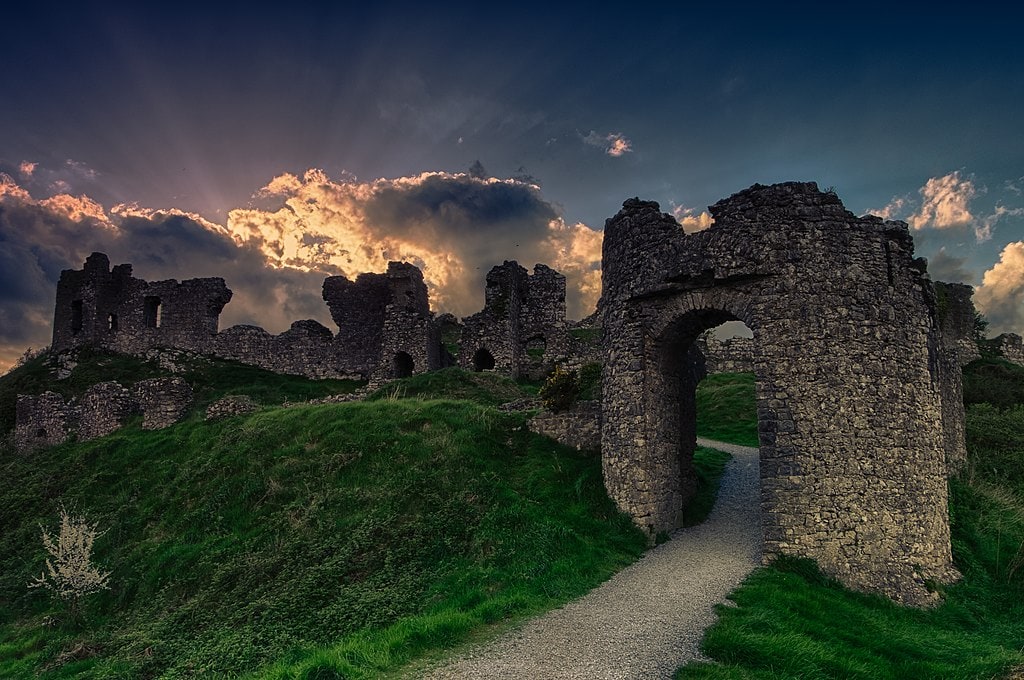
The Annals of the Four Masters were compiled between 1632 and 1636 in Donegal Town. These annuals are written in Irish and copies are held at Trinity College in Dublin. They are the chronicles of medieval Irish history.
The Four Masters were Brother Michael O’Cleary, Cucogry O’Cleary, Fearfasa O’Mulconry and Peregrine O’Duigenan. Feargal O’Gara of Sligo paid the fees for the scribes to write the annals. Brother Michael was a Franciscan who was sent to Ireland to work on a history of Irish Saints and it was during this work that he compiled the “Annals’.
In Donegal town, there stands a Church that incorporates examples of Celtic art and in the Diamond, there is a 10-metre monument to the Masters. The original Annals are in Switzerland with the Franciscan order.
Xyuandbeyond is reader-supported. When you buy through links on our site, we may earn an affiliate commission. You can read my privacy policy here.
Tips for planning your dream trip to Ireland
Map of Dunamase Castle
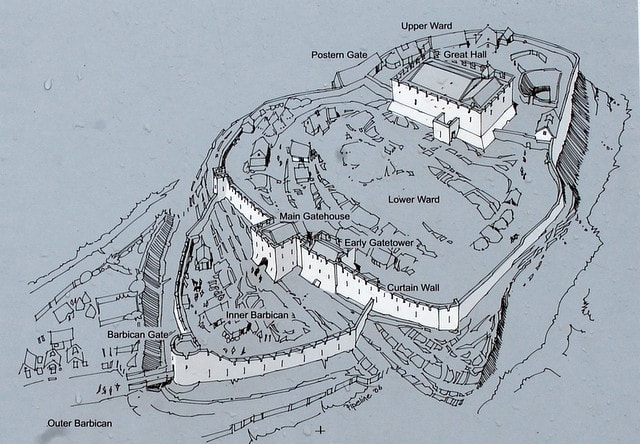
Rock of Dunamase Castle history
With the Normans’ arrival in the late 1100s, the Rock of Dunamase became the most important fortification in Laois (pronounced leash). Aoife the daughter of the King of Leinster was given the Castle of Dunamase when she married the Norman Conquerer Strongbow in 1170.
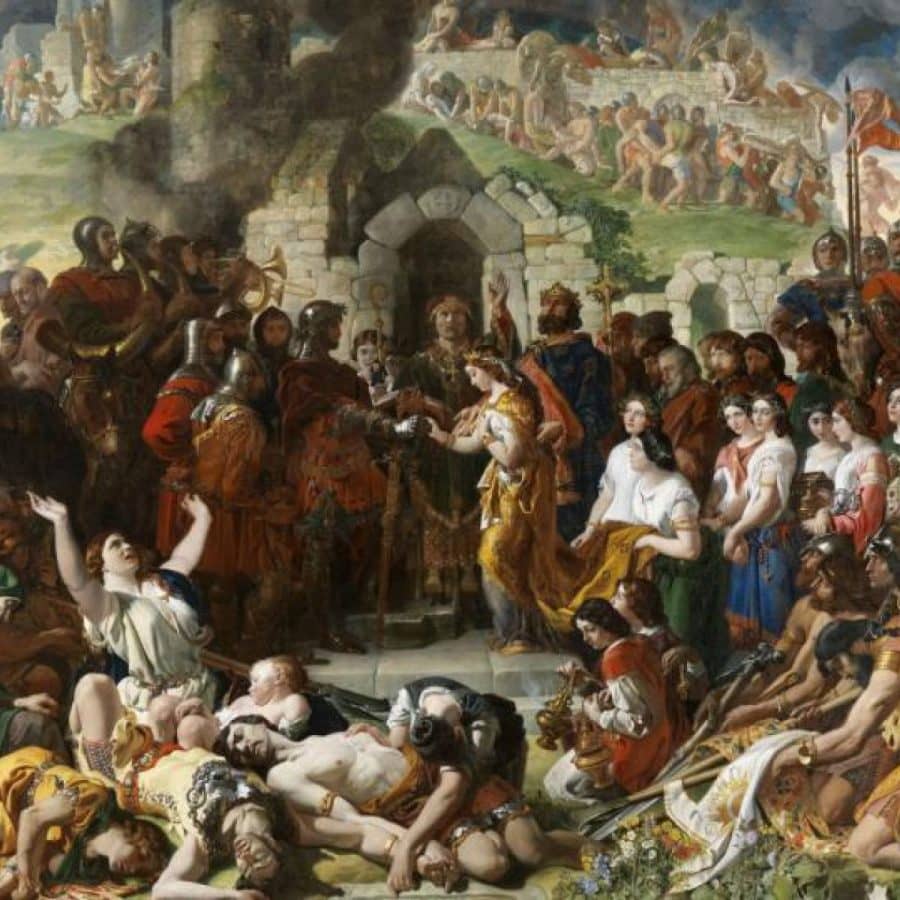
When Isabel, the daughter of Strongbow and Aoife, wed William Marshal, Earl of Pembroke, Dunamase was given as part of her marriage’s wedding gift and when she married the Earl of Pembroke, Dunamase became part of her marriage dowry. Historians believe that William Marshal did carry out some building on the rock between 1208 and 1213 but most of the castle was built earlier. Today most of the surviving ruins at the site date from the late 12th and early 13th centuries AD, but evidence for earlier activity also exists.
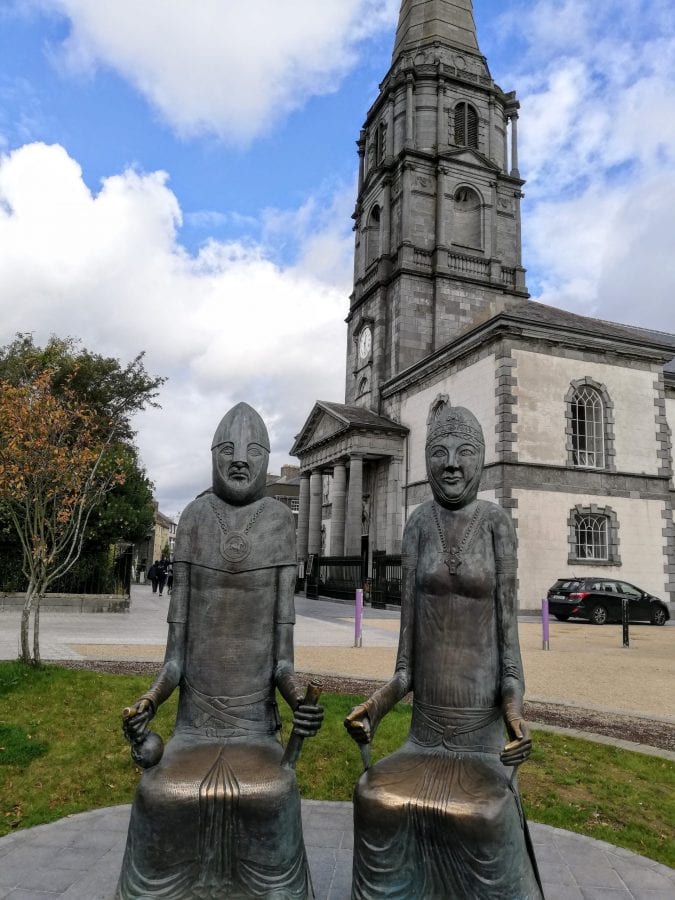
Dunamase was held by the Marshall heirs before it passed to the Mortimer family and through to Maud who married Roger Mortimer. All Mortimer’s lands, including Dunamase, were forfeited to the Crown in 1330. Shortly afterwards, the castle appears passed into the hands of the O’Moores and was abandoned.
Locally they believe that the Castle was under siege by Cromwell’s generals Reynolds and Hewson in 1651 (the 17th century). There are no records of this siege but archaeologists believe it is the best explanation for the ruins as we see them today.
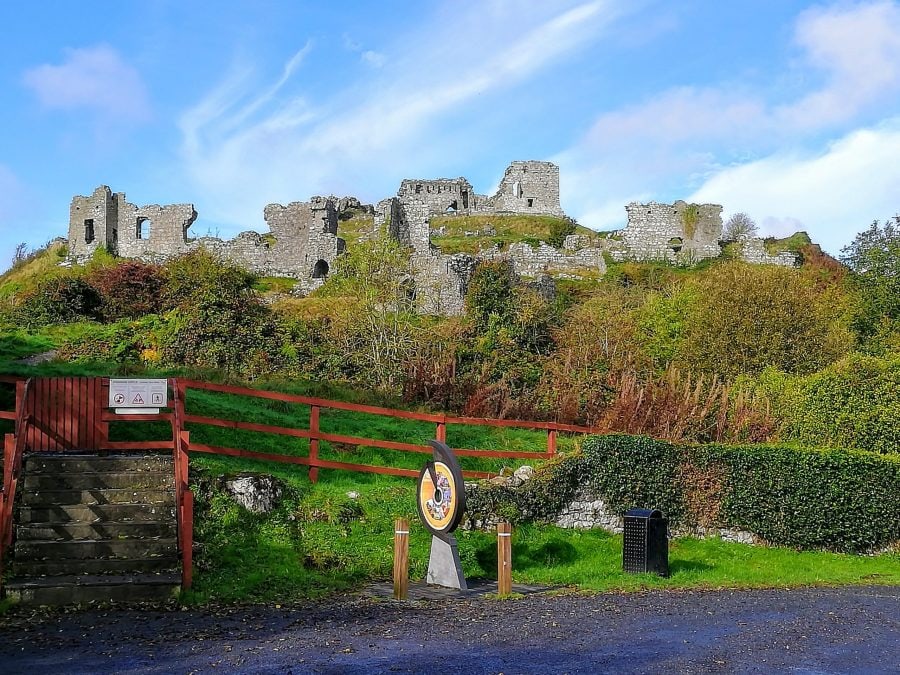
Sir John Parnell, who was the chancellor of the Irish Parliament, tried to develop a residence and banqueting hall at Dunamase in 1795. Parnell brought medieval features from ruins all over the country in an attempt to update the Castle but when he died the buildings fell into ruins.
Is the Rock of Dunamase Haunted?
Locals swear that the Rock is haunted and it goes back to the ancient Irish legends which say the guard dog of the underworld Bandog watches over the Rock. It is also said that all kinds of Celtic riches are buried near the Rock although none have ever been found.
Today the ruins on the Rock of Dunamase are managed by the Office of Public Works (OPW and are free to see). Archaeological excavation and conservation work by the OPW have ensured that the Rock of Dunamase will survive for further generations to explore.
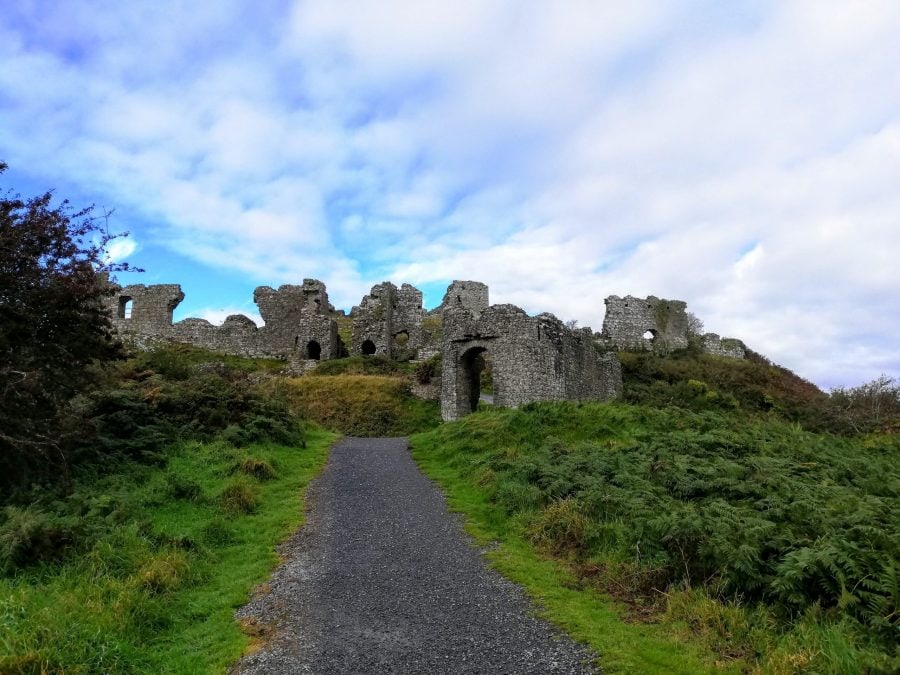
There is a small parking lot at the base of the Rock of Dunamase and the climb up to the top is quite steep and rocky. If you have mobility issues the climb will be taxing but you can make it to the top and will be rewarded by some incredibly stunning views of the surrounding countryside.
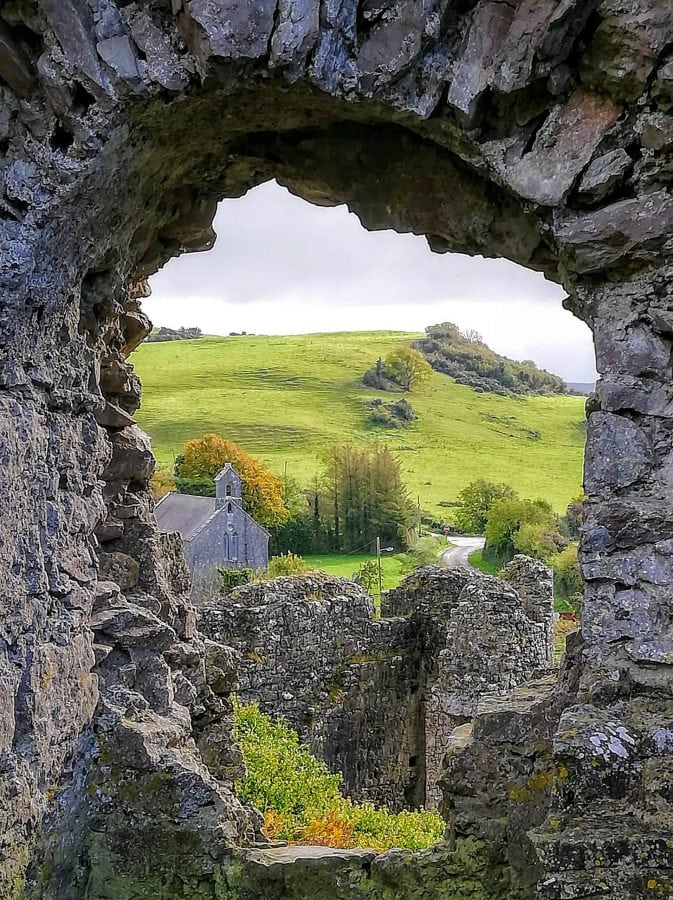
53 Ultimate Ireland travel tips
In the 1990s there were excavations taking place at Dunamase Castle. Archaeologists discovered the impression of a medieval leather shoe in the mortar of the parapet and cat paw prints in the mortar used in the wall of the Great Hall.
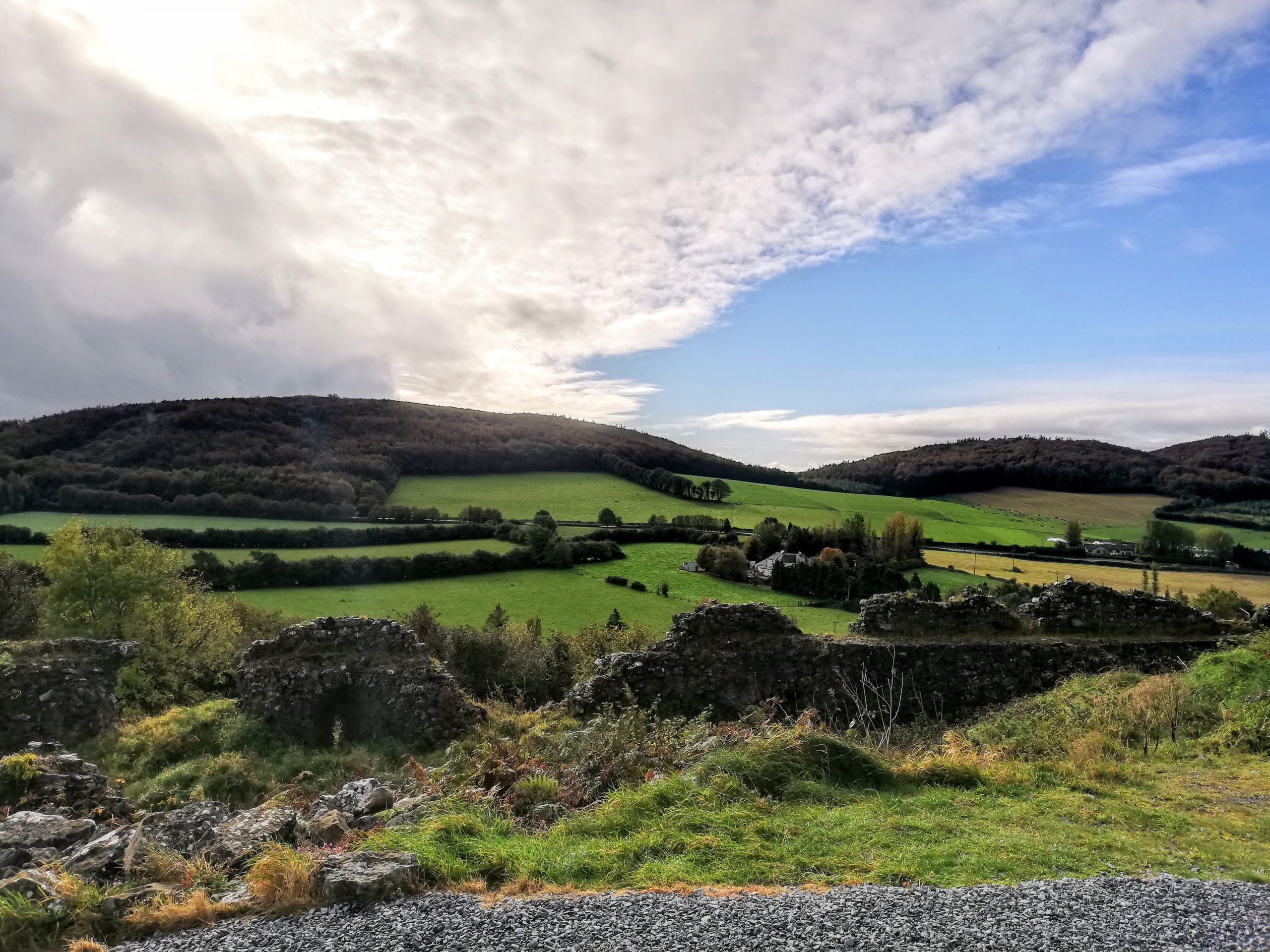
The church at the base of the Castle is the Holy Trinity Church, which is a Church of Ireland building from the 1860s and still in use today.
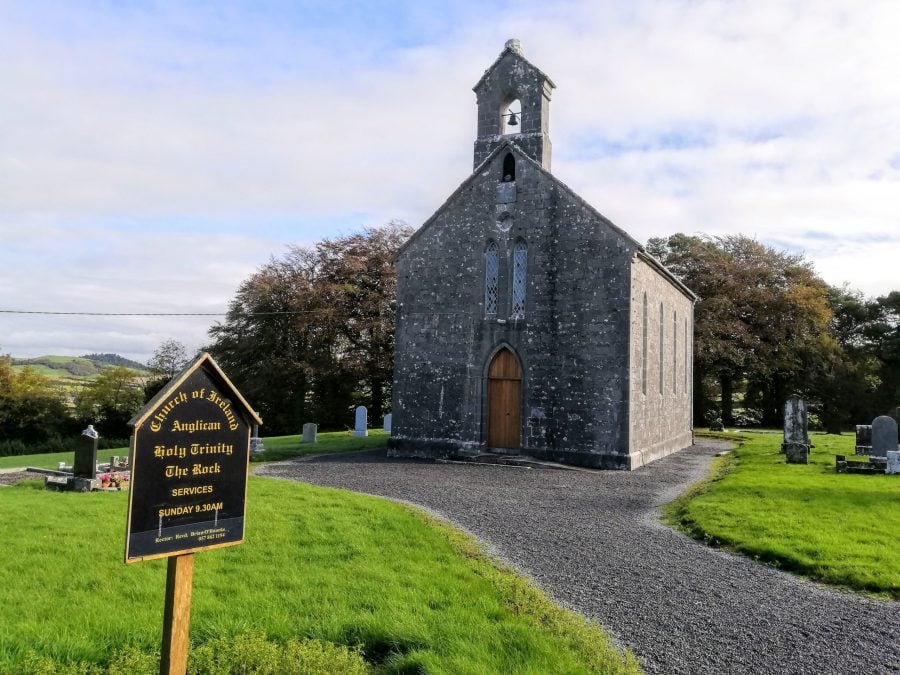
If you are a fan of movies set in Ireland you may recognize the Rock of Dunamase as it was used in the movie Leap Year. Although in the movies it is called Ballycarbery Castle it is actually a mix of the Rock of Dunamase and some great CGI. The real Ballycarbery Castle is in Kerry.
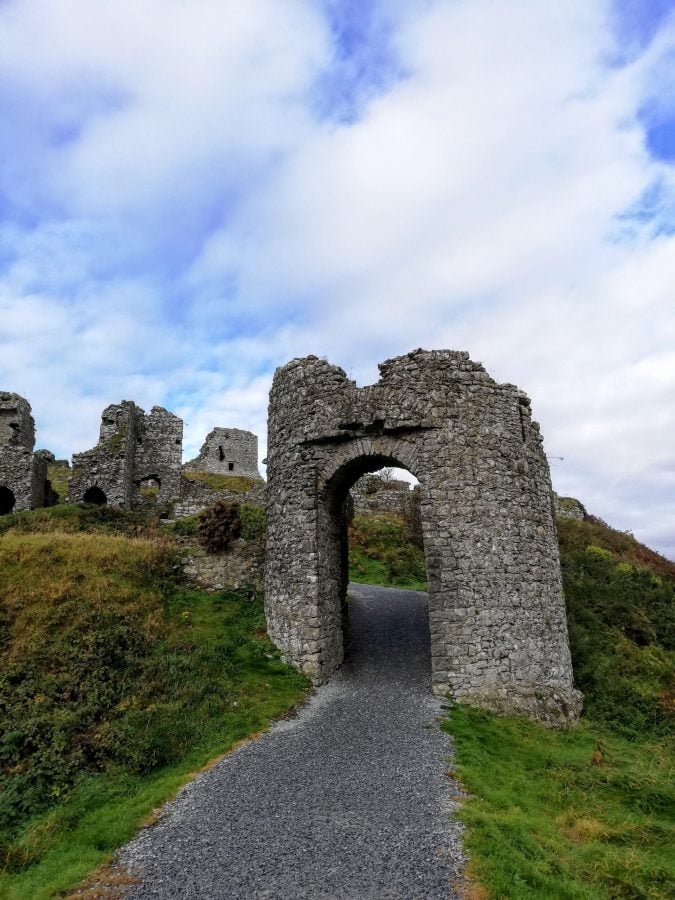
Keep your eyes peeled for a large black hound who is said to haunt the Rock of Dunamse who protects treasure buried somewhere under the structure.
Tips for renting a car in Ireland
Dublin to Rock of Dunamase
Located just outside Portlaoise, the Rock of Dunamase is only around a ten-minute drive along the N80. From Dublin, take the M7 south towards Portlaoise. The Rock of Dunamase is signposted just before the Exit 16 turn-off. Take the second left at the roundabout and then follow this road until you come right under the outcrop to take the next right and follow this up to the car park.
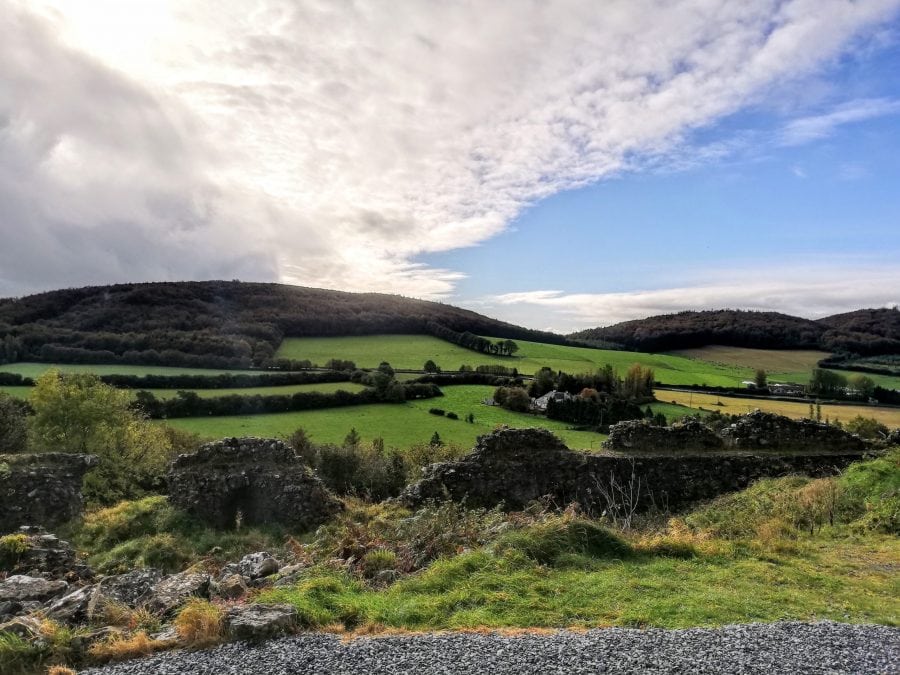
Spending time in County Laois
There are a few things to see in the area if you are making a trip to visit the Rock of Dunamase.
Emo Court is a beautiful neo-classical mansion where you can tour the house and gardens. There is a little cafe there where you can enjoy lunch and some tea.
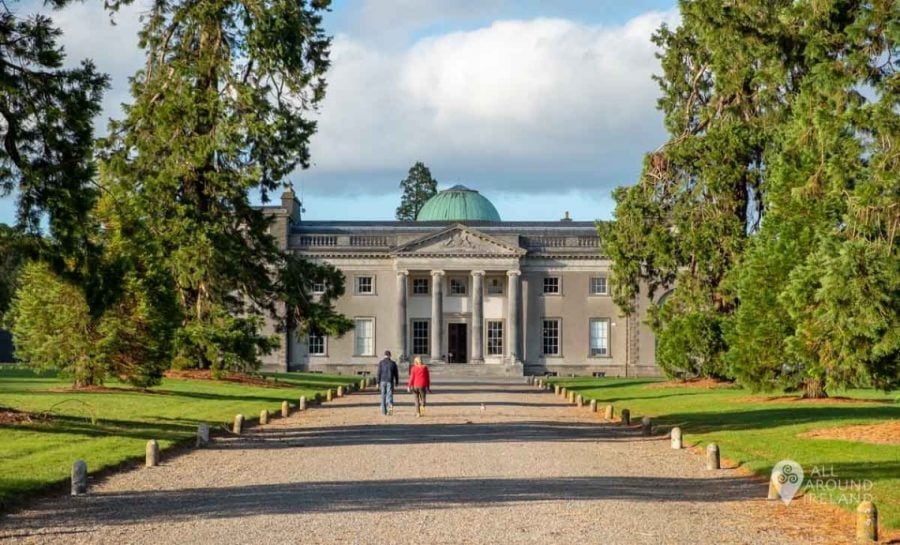
Heywood Gardens in Ballinakill has 50 acres of lakes, woodlands and gardens designed by Luytens to explore and admission is free.
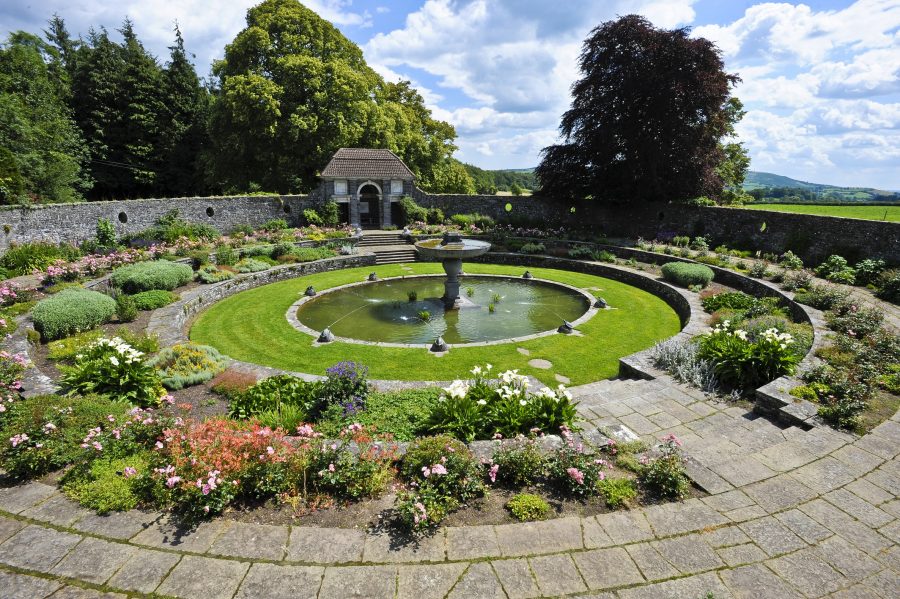
If you are a hiker or biker you may want to experience the Barrow Way which begins in Country Kildare and runs through Laois following the River Barrow. It is designated as a National Waymarked Trail by the National Trails Office of the Irish Sports Council and is managed by Waterways Ireland.
Aghaboe Abbey has a tortured history of plundering, burning and rebuilding. Founded by St Canice in or around 576, the original Abbey served as a centre of learning, commerce and agriculture. It was plundered by the Vikings in 913 and rebuilt in 1052 with relics of St Canice (of Kilkenny) enshrined. It was again burned in 1116 and built in 1189. During this period it served as an Augustinian priory and was the cathedral church of the diocese of Ossory, to which the High Crosses of Ahenny (now found in Tipperary) and Kilkieran are attributed. You will find Aghaboe Abbey ruins around 20 minutes from Portlaoise of the N7.
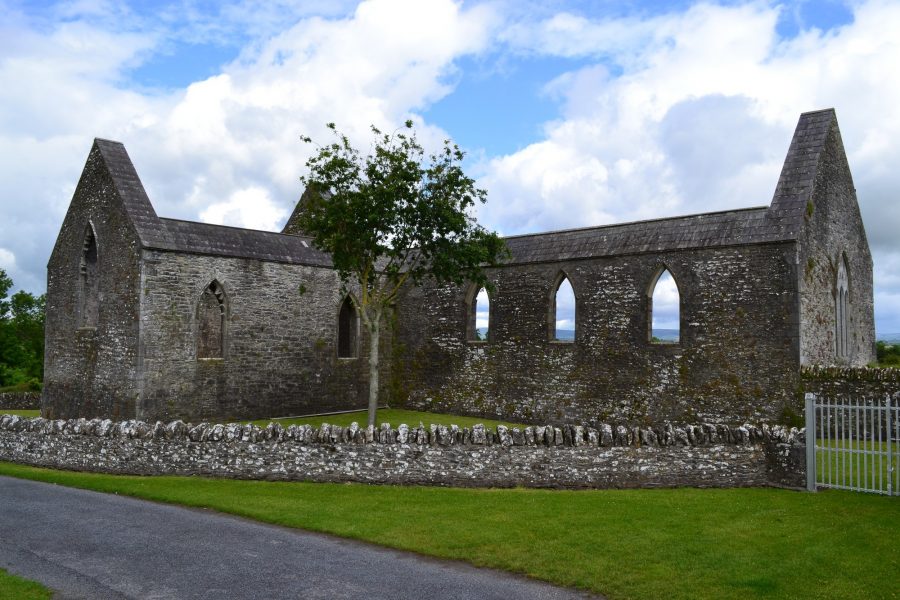
Where to stay near Dunamase
Abbeyleix Manor Hotel
The 3-star Abbeyleix Manor Hotel offers a relaxing and ideal base to explore the hidden beauties of County Laois and the Midlands of Ireland. The charming town of Abbeyleix is located within walking distance.
The hotel boasts en-suite bedrooms, each tastefully decorated and designed to offer ample living space maintaining a cosy and relaxing sleeping space.
The hotel is 8 km from Portlaoise town centre, with easy access to Dublin and Cork cities.
Full Irish breakfasts are served each day, and guests can enjoy dinner in the cosy Manor Bar, which offers a varied a la carte menu. 3-course meals can be enjoyed every Saturday at Old Oak Restaurant, with homemade food prepared by the hotel’s team of chefs.
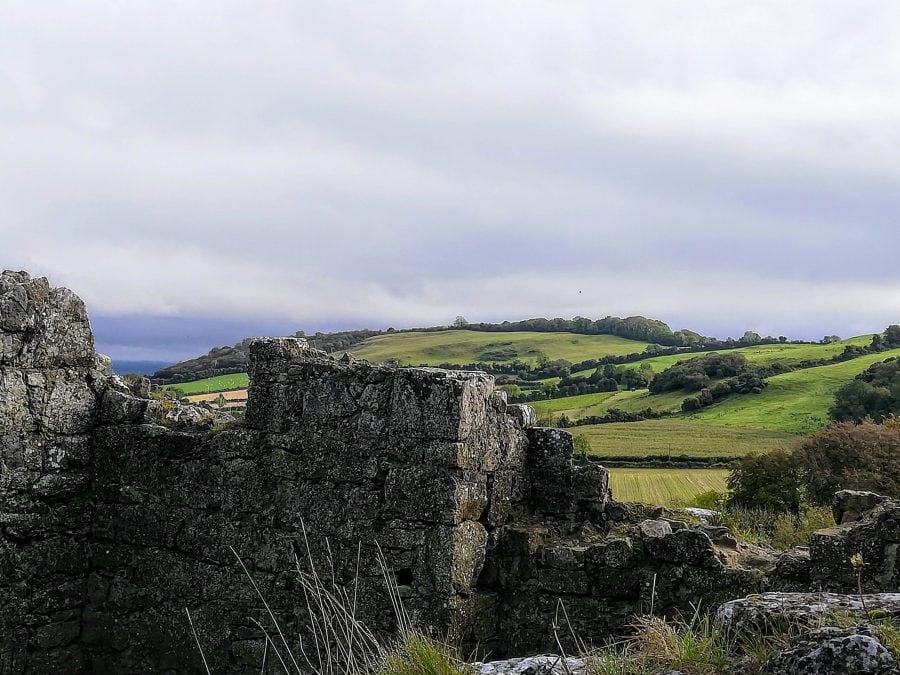
Preston House
Preston House is also located in Abbyleix within 19 km of Aghaboe Abbey and provides free WiFi and a garden. this is a 6-bedroom fully equipped holiday home perfect for exploring the midlands of Ireland.
Have you seen the Rock of Dunamase?
Interested in reading more about visiting Ireland? Here are lots of articles for you
101 Landmarks in Ireland to see
37 Fascinating things to do in Meath
